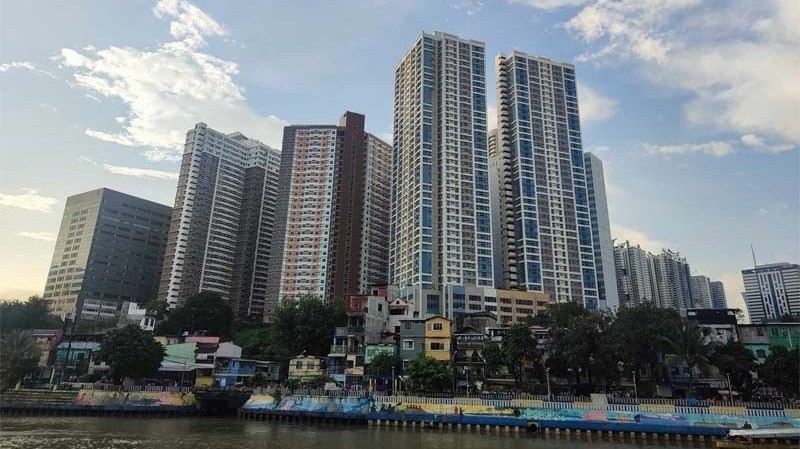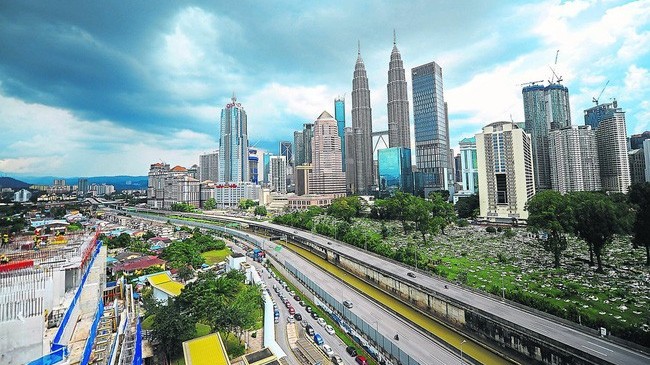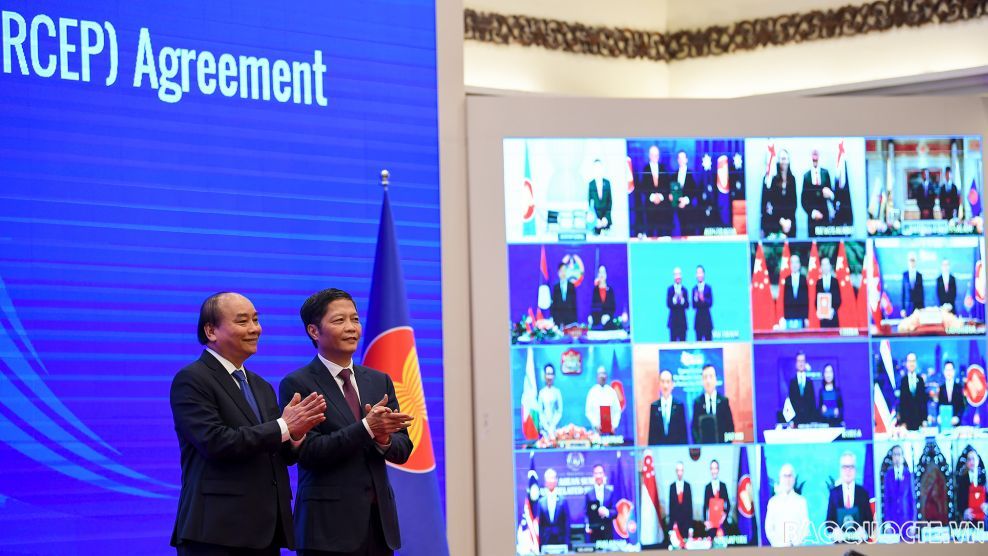ASEAN was established in August 1967 with just five members – Indonesia, Malaysia, the Philippines, Singapore and Thailand. Since then, it has made extraordinary progress.
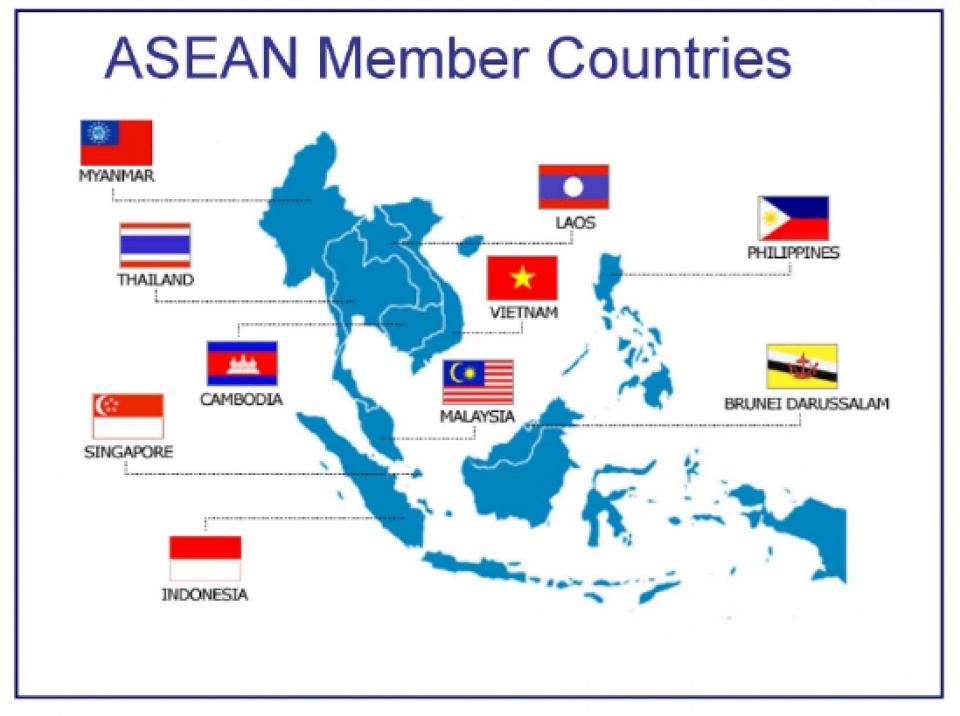 |
| Today ASEAN has expanded to 10 member states: Indonesia, Malaysia, the Philippines, Singapore, Thailand, Brunei, Laos, Myanmar, Cambodia and Vietnam. (Photo: ASEAN) |
 |
| At the start of 2016, the 10 economies of ASEAN were collectively the seventh largest economy in the world. By the start of 2017, that rank had improved to sixth, and by 2020 it will be fifth. |
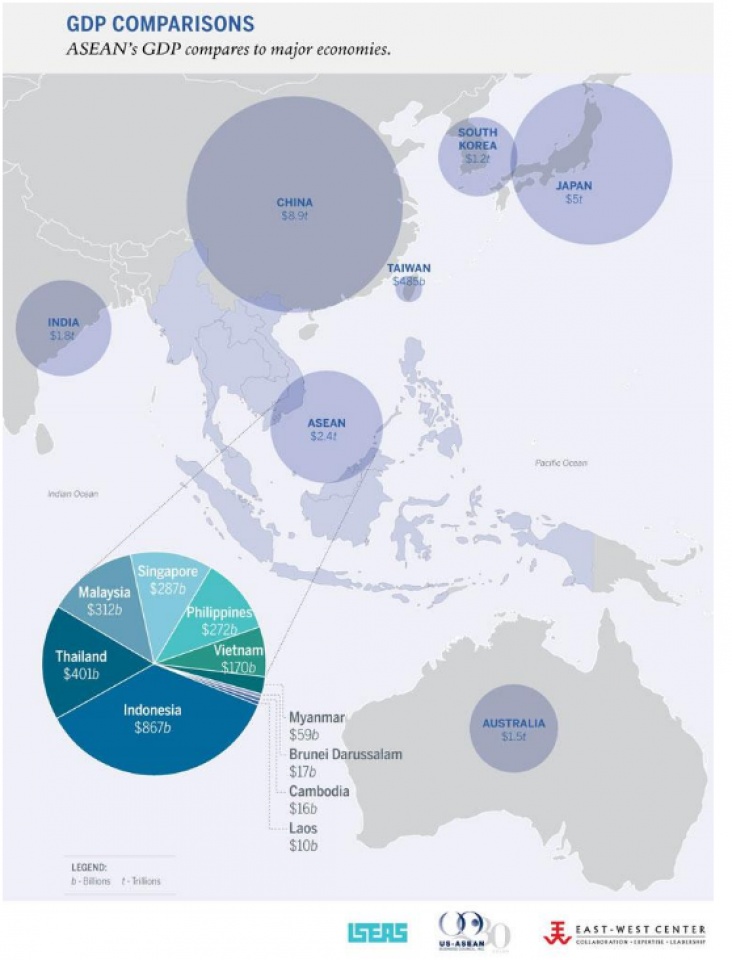 |
| The chart shows how ASEAN's economy compares to others in the region, in terms of GDP. Only China and Japan have larger economies. (Photo: US ASEAN) |
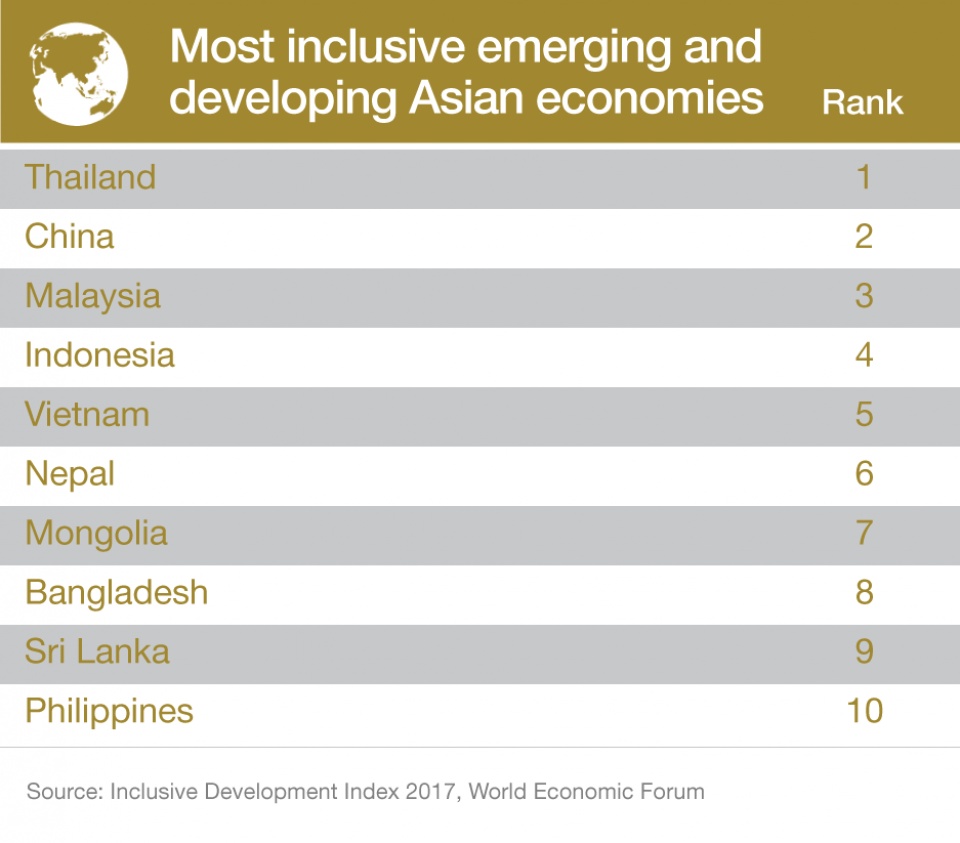 |
| Vietnam ranks number 5 in the chart of most inclusive emerging and developing Asian economies. (Photo from Inclusive Growth and Development Report 2017 of WEF) |
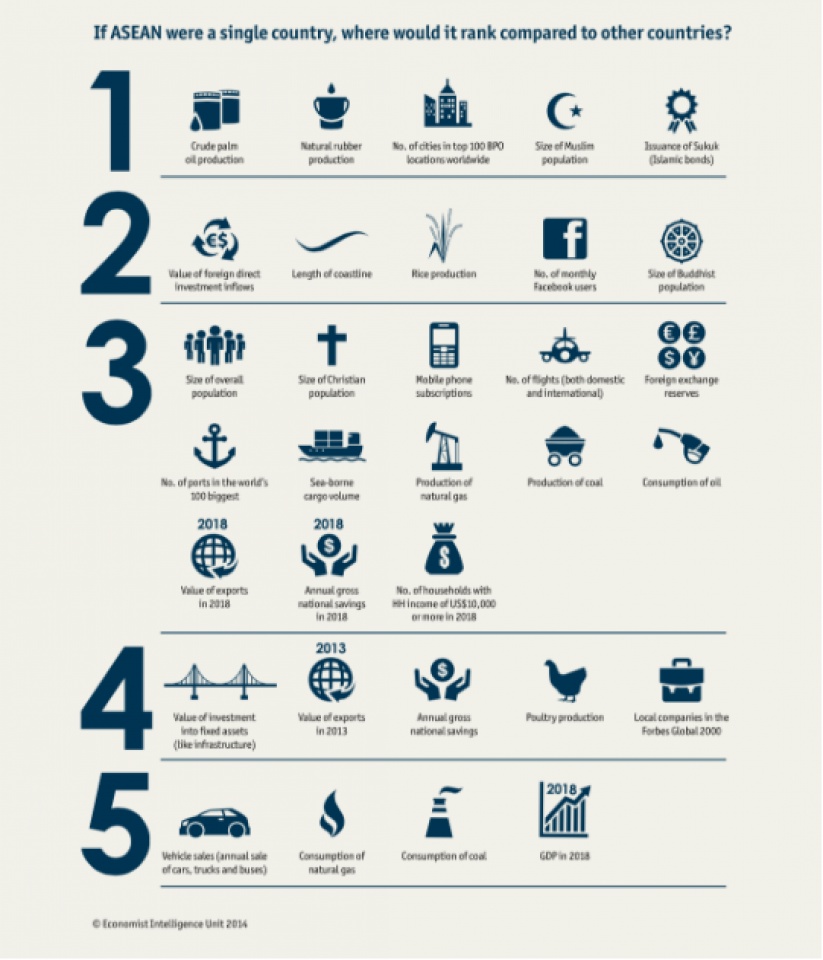 |
| If ASEAN was a nation state it would rank number one in terms of crude palm oil and rubber production, and second in the value of foreign investment flows. It would rank third in terms of overall population and mobile phone subscriptions, and is the world’s fifth largest market for cars. (Photo: Economic Intelligence Unit) |
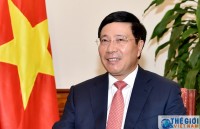 | For an ASEAN Community of mutual help and sharing On the occasion of the 50th anniversary of the ASEAN establishment (August 8, 1967 – 2017), Politburo member, Deputy Prime Minister, and Foreign Minister Pham ... |
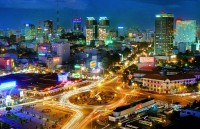 | Vietnam among ASEAN’s most dynamic economies: Ambassador Vietnam is among ASEAN’s largest and most dynamic economies with robust growth reflected by its GDP in recent years, said Singaporean Ambassador to France Zainal ... |
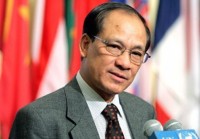 | ASEAN at 50 and beyond: AEC for a Resilient, People-Centred ASEAN This year ASEAN is commemorating its 50th anniversary. The world we are living in today is very different from the one as recent as a year ... |













